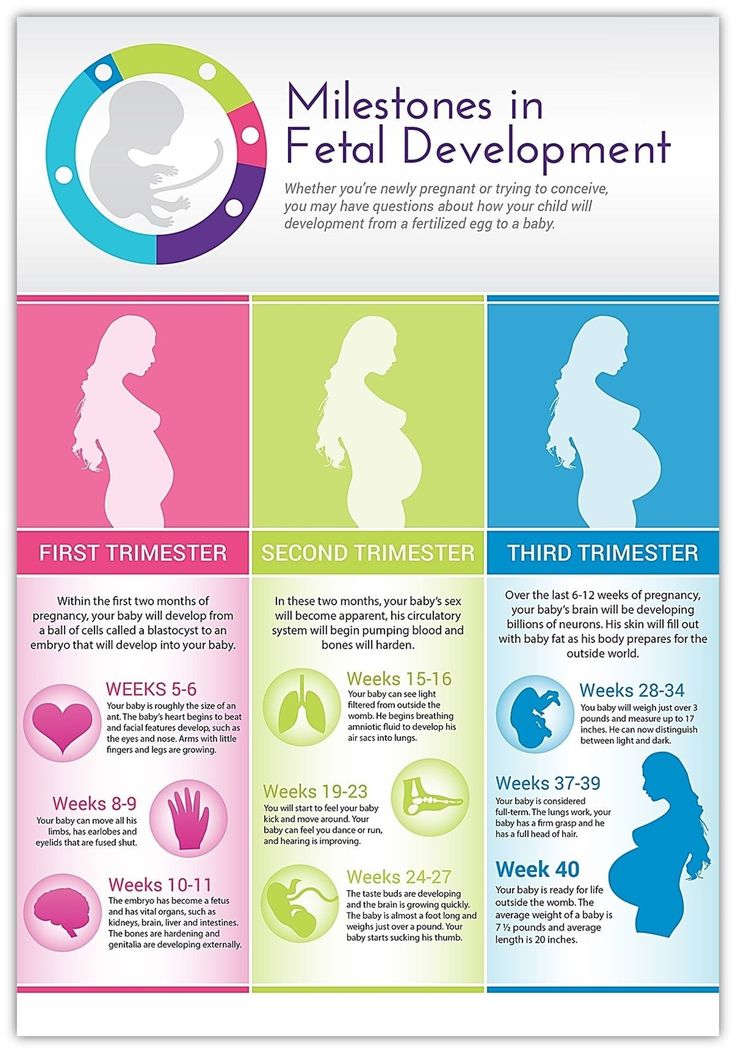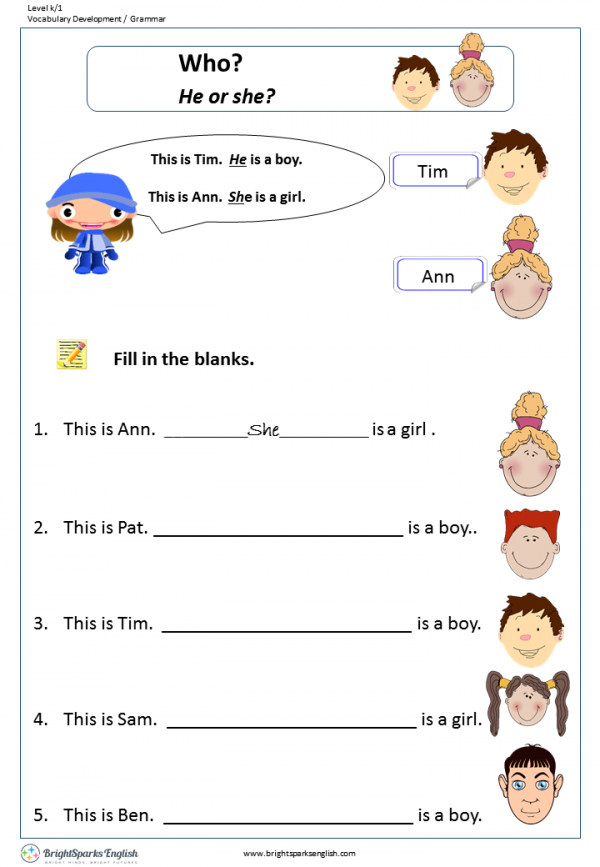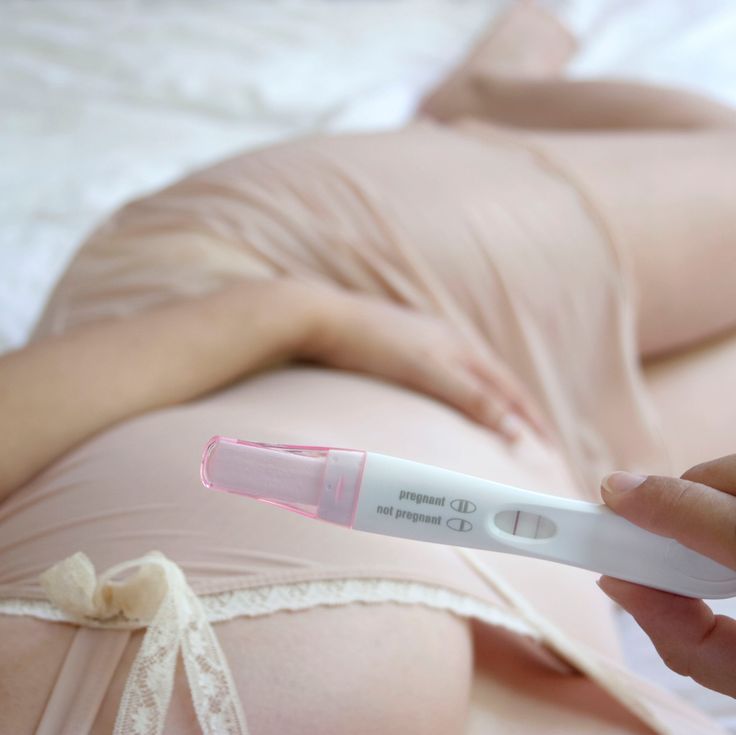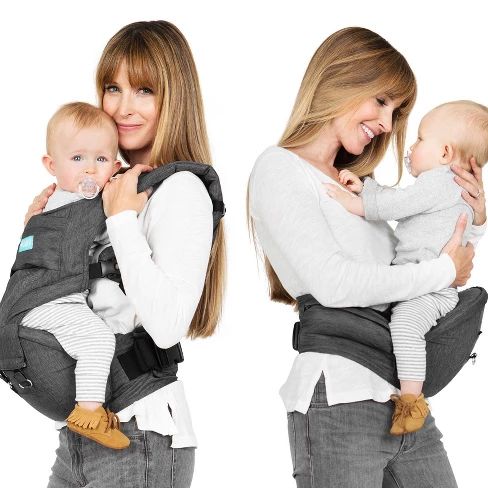Baby first weeks development
Your newborn’s first week: what to expect
About your newborn’s first week of life
Newborns spend their first week of life adapting to their new environment.
The outside world is very different from the womb, where it’s dim, the temperature is constant, and noise is muffled. You can help your baby get used to the outside world by giving them warmth, love, security, attention – and lots of cuddles and smiles.
Your newborn’s appearance in the first week of life
Your newborn’s appearance will change over the first week.
If your newborn’s head is a bit cone shaped after journeying through the birth canal or because of a vacuum-assisted birth, it should round out to a more normal-looking shape.
Any swelling around your newborn’s face and eyes will go down within a few days. If your newborn’s face or head has been bruised – for example, after a forceps birth – the bruising will disappear. Newborns with bruising are at risk of newborn jaundice. Let your midwife, GP or child and family health nurse know if the skin on your newborn’s face looks yellow and you think it might be jaundice.
Your newborn’s umbilical cord will gradually dry, become black and then fall off, usually within the first 10 days. Try to keep the umbilical cord clean and dry. If the area around the umbilical cord looks red or is sticky, let your midwife, GP or child and family health nurse know.
Your newborn might have one or more birthmarks, either at birth or later on. Birthmarks are common and usually don’t need medical attention. But if your newborn’s birthmark concerns you or if it changes, it’s a good idea to have it checked by your GP or child and family health nurse.
Feeding and sleeping in the first week of life
Your newborn will sleep most of the time, waking up every few hours to feed. Newborns can’t ‘sleep through the night’. They have tiny tummies, so they need to wake and feed often.
Most newborns feed every 2-4 hours, and they have around 8-12 feeds every 24 hours. Sometimes feeds might last up to an hour, especially if your newborn is breastfeeding.
Sometimes feeds might last up to an hour, especially if your newborn is breastfeeding.
Newborns usually wake for feeds. But some might need to be woken for feeding – for example, newborns who have lost a lot of weight, are very small, or are jaundiced.
It’s likely to be a while before you see a pattern or routine of feeding and sleeping.
In the first few weeks, looking after yourself is important. This means eating well and doing some physical activity, and also resting when your baby sleeps, which will help you catch up on sleep. Getting help from family and friends can make a big difference too.
Development in the first week of life
Your newborn is learning a lot as you spend time together every day. Their brain is growing and developing as they see, hear, smell and touch the world around them.
Your newborn will close their hands involuntarily in the grasp reflex and will startle at sudden loud noises. They’re also likely to have sudden jerky movements while asleep.
Bonding and communicating in the first week of life
You can communicate with your newborn using your voice, touch, sight and smell. Gentle touch, cuddling, smiling and gazing communicates important information about your newborn’s place in the world, and helps your newborn feel safe and secure with you.
During this first week, you’ll also start getting to know how your baby communicates with you using baby cues and body language.
Bonding and attachment are about always responding to your newborn’s needs with love, warmth and care. And bonding and attachment are vital to all areas of your child’s development, including brain development.
Common health concerns in the first week of life
Weight loss
It’s normal for newborns to lose weight during the first five days after birth. This happens as they lose excess fluid. This weight loss shouldn’t be more than 10% of their birth weight. Most newborns regain their birth weight after 1-2 weeks.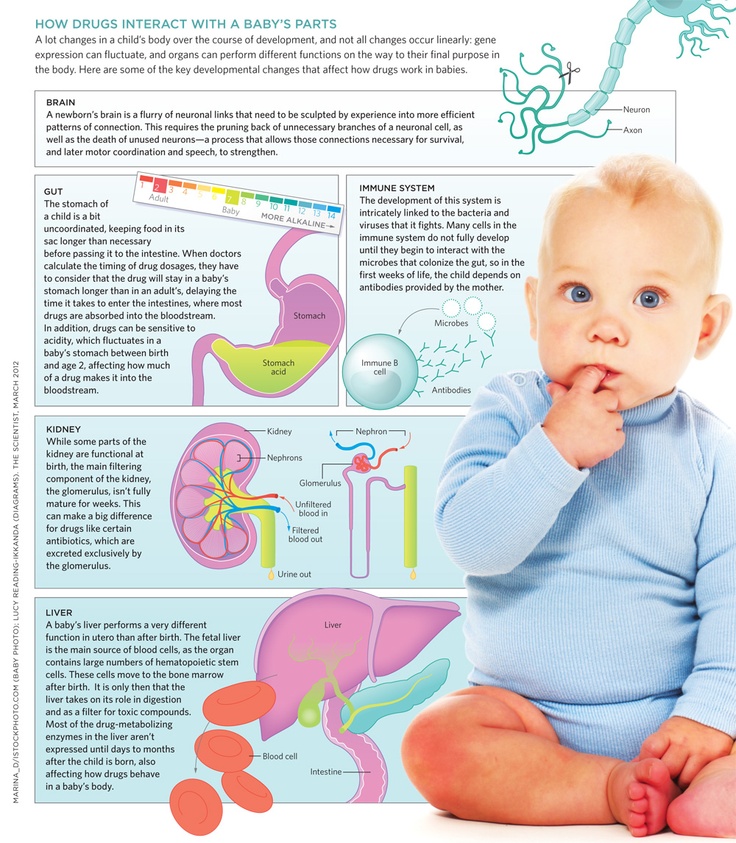 If your newborn has lost too much weight, they might have to be readmitted to hospital until they’re feeding well and gaining weight each day.
If your newborn has lost too much weight, they might have to be readmitted to hospital until they’re feeding well and gaining weight each day.
Sticky eye
It’s common for newborns to develop sticky or discharging eyes during the first few weeks of life. The most common cause is blocked tear ducts. This issue usually gets better by itself, but gentle eye cleansing and massage will also help. It’s best to have your GP or child and family health nurse check your newborn’s eyes if they’re red and sticky.
Rashes
Newborns can develop all sorts of rashes, which usually aren’t serious. But if your newborn has a rash, it’s best to have your GP or child and family health nurse check it out. Common rashes include cradle cap, nappy rash, heat rash , eczema, milia and dry skin.
When to seek medical help
If something doesn’t seem right and you’re worried about your newborn, seek medical help. Contact the midwives at the unit where your baby was born, your GP or your child and family health nurse.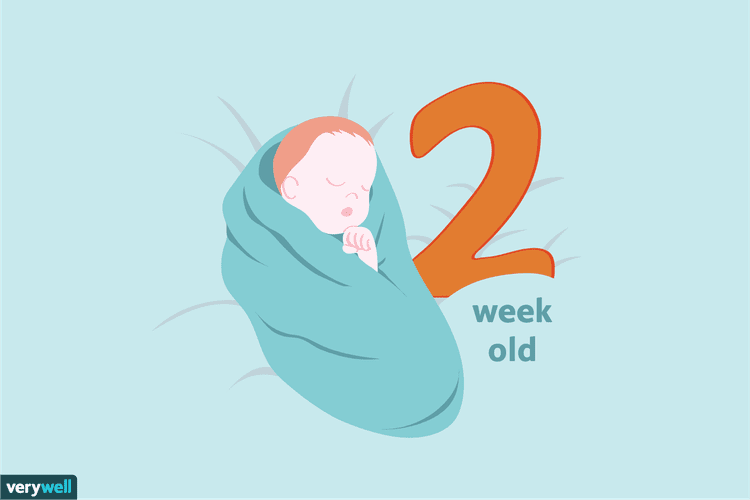
Seek medical help as soon as possible if your newborn:
- isn’t feeding – for example, your newborn is taking half the normal volume or number of feeds in a 24-hour period or vomits more than half of three feeds in a row
- has fewer than 6-8 wet nappies per day
- seems irritable, lethargic or very tired all the time or is hard to wake for feeds
- has pale or yellow skin.
Crying in the first week of life
Newborns might cry because they:
- are hungry
- have a wet or dirty nappy
- feel too hot or too cold
- want you close for reassurance.
If your newborn is crying, you can try feeding, changing their nappy, cuddling or rocking, speaking or singing in a soothing voice, or giving them a warm relaxing bath.
And if your newborn is crying a lot, remember that it’s normal for newborns to cry. Comforting your newborn will help them feel safe and secure.
When to seek help for crying
If you think your newborn is crying too much or you’re having trouble coping, speak to your GP or child and family health nurse as soon as you can.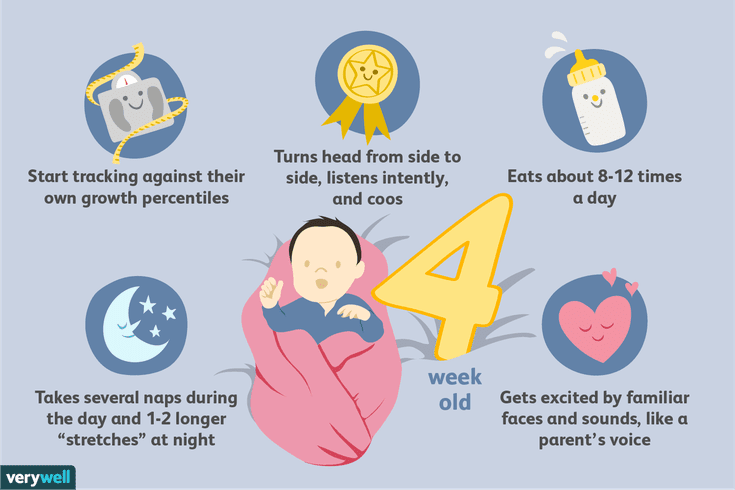
In particular, seek medical help if your newborn:
- has a high-pitched cry (like a cat’s)
- seems to have a weak cry or is moaning
- is crying for long periods of time.
Crying is a newborn’s main way of telling you what they need. You might like to print out our illustrated guide to settling a crying baby, and stick it up somewhere handy.
After the first week: baby health check-ups
Your nearest early childhood centre provides free check-ups for your baby, usually at two, four and eight weeks after birth.
When you go for your baby’s check-ups, it’s a good time to ask questions about anything, from rashes to vomiting to crying. You could write a list of questions before the check-ups so you don’t forget to ask the nurse anything you want to know.
Baby Development Stages: The First Year
Written by Gina Shaw
From helpless newborn to active toddler: It takes just 12 short months for your baby to undergo this incredible transformation. Babies grow and change at an astounding pace, and every month brings new and exciting developments.
Babies grow and change at an astounding pace, and every month brings new and exciting developments.
New moms and dads often wonder what to expect next and how to know if their baby’s development is on target. Instead of focusing too much on developmental milestones, however, it’s important to remember that babies all develop at their own pace. There’s a fairly wide “window” for when it is normal for a baby to reach a particular developmental stage.
“If your baby reaches one milestone sooner, she may reach another one later, because she’s so busy perfecting the other skill,” says Jennifer Shu, MD, pediatrician and co-author of Heading Home with Your Newborn.
Some babies may say their first word at eight months, while others don’t talk until a little after the one-year mark. And walking may start anytime between nine and 18 months.
Keeping those kinds of variations in mind, here’s what your baby may be doing during each three-month stage of the first year.
Baby Development: One to Three Months
During this first development stage, babies’ bodies and brains are learning to live in the outside world.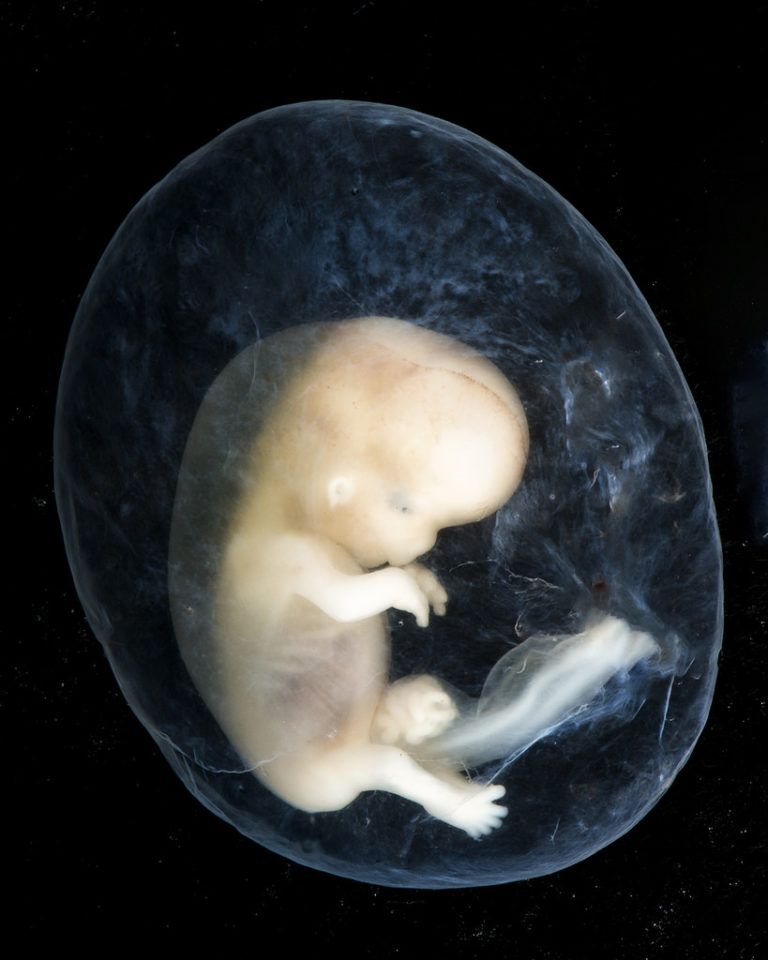 Between birth and three months, your baby may start to:
Between birth and three months, your baby may start to:
- Smile. Early on, it will be just to themselves. But within three months, they’ll be smiling in response to your smiles and trying to get you to smile back at them.
- Raise their head and chest when on their tummy.
- Track objects with their eyesand gradually decrease eye crossing.
- Open and shut their hands and bring hands to their mouth.
- Grip objects in their hands.
- Take swipes at or reach for dangling objects, though they usually won’t be able to get them yet.
Baby Development: Four to Six Months
During these months, babies are really learning to reach out and manipulate the world around them. They’re mastering the use of those amazing tools, their hands. And they’re discovering their voices. From 4 to 6 months old, your baby will probably:
- Roll over from front to back or back to front. Front-to-back usually comes first.
- Babble, making sounds that can sound like real language.
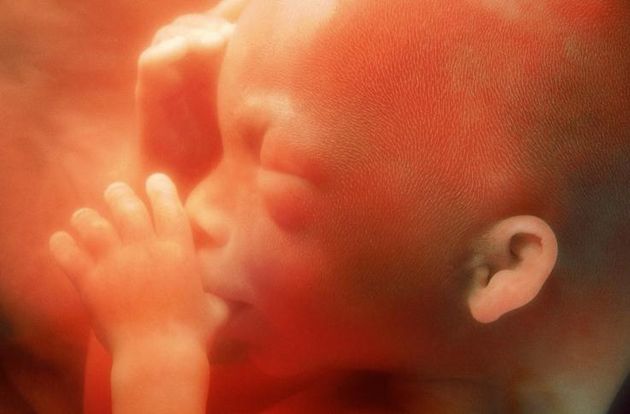
- Laugh.
- Reach out for and grab objects (watch out for your hair), and manipulate toys and other objects with their hands.
- Sit up with support and have great head control.
Baby Development: Seven to Nine Months
During the second half of this year, your little one becomes a baby on the go. After learning that they can get somewhere by rolling over, they’ll spend the next few months figuring out how to move forward or backward. If you haven’t baby-proofed yet, better get on it!
- During this time period, your baby may:
- Start to crawl. This can include scooting (propelling around on their bottom) or “army crawling” (dragging themselves on their tummy by arms and legs), as well as standard crawling on hands and knees. Some babies never crawl, moving directly to from scooting to walking.
- Sit without support.
- Respond to familiar words like their name. They may also respond to “No” by briefly stopping and looking at you, and may start babbling "Mama" and "Dada.
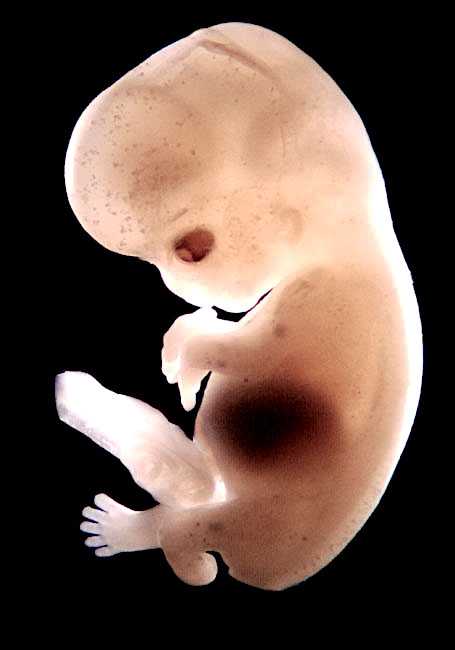 "
" - Clap and play games such as patty-cake and peekaboo.
- Learn to pull up to a standing position.
Baby Development: 10 to 12 Months
The last development stage in baby’s first year is quite a transition. They aren’t an infant anymore, and they might look and act more like a toddler. But they are still a baby in many ways. They are learning to:
- Begin feeding herself. Babies at this developmental stage master the “pincer grasp“ -- meaning they can hold small objects such as O-shaped cereal between their thumb and forefinger.
- Cruise, or move around the room on their feet while holding onto the furniture.
- Say one or two words, and "Mama" and "Dada" become specific name for parents. The average is about three spoken words by the first birthday, but the range on this is enormous.
- Point at objects they want in order to get your attention.
- Begin “pretend play” by copying you or using objects correctly, such as pretending to talk on the phone.

- Take their first steps. This usually happens right around one year, but it can vary greatly.
Your Baby’s Development: When to Talk to a Pediatrician
What should you do if you think your baby is not meeting growth or developmental milestones, when they should? First, says Shu, trust your instincts. “If you really feel like something’s wrong, then talk to your doctor about it because if there is a problem, we want to catch it as soon as we can," she says. "Early intervention is best, and you know your child better than anyone.”
Remember, however, that it is not exactly when your baby sits up by themselves or says their first words that is important; it’s that they are moving forward in their development. “Don’t look at the time as much as the progression, and see that your child is changing and growing,” says Shu. “It’s not a race. Nobody’s going to ask on a college application when your child first walked or said ‘da-da.’”
Your Child’s Development -- Month by Month
This table shows common developmental milestones that babies reach each month during their first year, in four major categories. Keep in mind that all babies are different and every baby grows at their own pace. There's no precise time that most of these skills first appear. If your child hasn’t reached a milestone by the month it is listed on this chart, it is usually a perfectly normal variation in child development. Watch for progress, not deadlines.
Keep in mind that all babies are different and every baby grows at their own pace. There's no precise time that most of these skills first appear. If your child hasn’t reached a milestone by the month it is listed on this chart, it is usually a perfectly normal variation in child development. Watch for progress, not deadlines.
| Gross Motor | Fine Motor | Language/ Cognitive | Social |
1 month | Moves head from side to side when on stomach | Strong grip | Stares at hands and fingers | Tracks movement with eyes |
2 months | Holds head and neck up briefly while on tummy | Opens and closes hands | Begins to play with fingers | Smiles responsively |
3 months | Reaches and grabs at objects | Grips objects in hands | Coos | Imitates you when you stick out your tongue |
4 months | Pushes up on arms when lying on tummy | Grabs objects -- and gets them! | Laughs out loud | Enjoys play and may cry when playing stops |
5 months | Begins to roll over in one or the other direction | Is learning to transfer objects from one hand to the other | Blows “raspberries” (spit bubbles) | Reaches for mommy or daddy and cries if they’re out of sight |
6 months | Rolls over both ways | Uses hands to “rake” small objects | Babbles | Recognizes familiar faces --caregivers and friends as well as family |
7 months | Moves around --is starting to crawl, scoot, or “army crawl” | Is learning to use thumb and fingers | Babbles in a more complex way | Responds to other people’s expressions of emotion |
8 months | Sits well without support | Begins to clap hands | Responds to familiar words, looks when you say their name | Plays interactive games like peekaboo |
9 months | May try to climb/crawl up stairs | Uses the pincer grasp | Learns object permanence -- that something exists even if they can’t see it | Is at the height of stranger anxiety |
10 months | Pulls up to stand | Stacks and sorts toys | Waves bye-bye and/or lifts up arms to communicate “up” | Learns to understand cause and effect (“I cry, Mommy comes”) |
11 months | Cruises, using furniture | Turns pages while you read | Says “mama” or “dada” for either parent | Uses mealtime games (dropping spoon, pushing food away) to test your reaction; expresses food preferences |
12 months | Stands unaided and may take first steps | Helps while getting dressed (pushes hands into sleeves) | Says an average of 2-3 words (often “mama” and “dada”) | Plays imitative games such as pretending to use the phone |
The first month of a child's life - development, care and nutrition in the first month of a child's life
When caring for a child in the first month of life, parents have many questions and worries, which in most cases are caused by the natural features of the baby's development.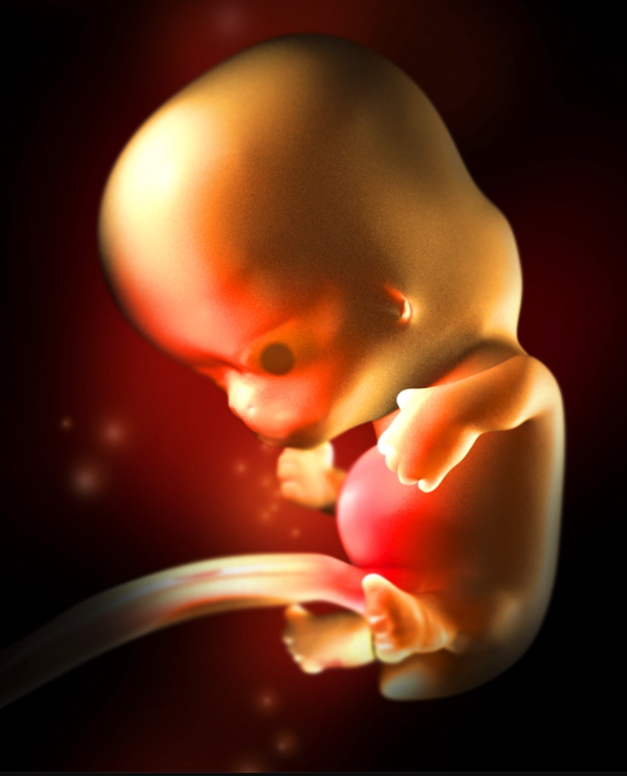 Anxiety is a normal condition for mother and father, as caring for the health of the newborn becomes a priority for them. But in order to be able to notice in time the signs of problems with the health or development of a child in the first month of life, one should know which particular features of the formation of his body are normal and natural.
Anxiety is a normal condition for mother and father, as caring for the health of the newborn becomes a priority for them. But in order to be able to notice in time the signs of problems with the health or development of a child in the first month of life, one should know which particular features of the formation of his body are normal and natural.
Baby's senses in the first month of life
The most important senses for a baby are sight and hearing. And we are talking not only about the ability of a newborn to contact the outside world through sounds and visuals. The external environment, affecting the hearing and vision of the baby, stimulates his mental and physical development. In the first month of a child's life, all the sense organs differ in more or less pronounced features.
- Taste. Taste buds in a newborn are well developed, and he identifies the main "irritants" in the same way as an adult. For example, when sweetened water gets on the tongue, the child does not show any special reactions.
 And when sour apple or lemon juice is added to the water, the baby may show signs of displeasure - frown, try to push out the unpleasant-tasting liquid with his tongue.
And when sour apple or lemon juice is added to the water, the baby may show signs of displeasure - frown, try to push out the unpleasant-tasting liquid with his tongue. - Smell. The ability to identify smells plays an important role in the life of a newborn, especially in the first days and weeks of life, when the rest of the senses are still undeveloped. It is thanks to the sense of smell that the child recognizes the mother, unmistakably finds the breast, refuses to feed if he feels an unpleasant odor (for example, if the mother treated the nipple with an ointment to heal cracks or an antiseptic with a medicinal smell).
- Touch. The skin of a newborn is very sensitive to the effects of mechanical and thermal stimuli, but the number of receptors is unevenly distributed. So, the child reacts more actively to touching the palms, feet, face and not so pronounced - when stroking the back and abdomen. In addition, the ambient temperature also causes certain reactions.
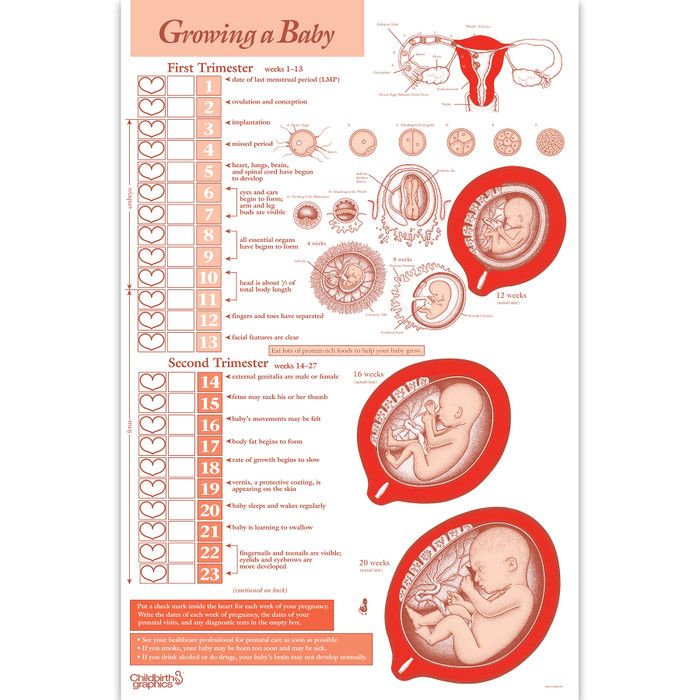 At an uncomfortable temperature, the child shows signs of anxiety, becomes lethargic, his skin turns pale or red, etc.
At an uncomfortable temperature, the child shows signs of anxiety, becomes lethargic, his skin turns pale or red, etc. - Vision. In the first weeks of life, the child's vision is not sharp. Although a newborn squints in bright light, and his pupils dilate and constrict depending on the intensity of the light, these are reflex reactions controlled by the nervous system. In fact, the images in the field of view of the newborn look blurry and indistinct, and the baby will be able to determine a specific object only 10–12 days after birth. But even in this case, he still does not know how to fix the object with his eyes - the baby will only be able to follow the movement of the object or the light source. Another feature of the vision of a newborn is the mismatched movement of the eyes when they are directed in different directions. This is often a concern for parents who suspect that the child has strabismus. But such a “wandering” look is a natural phenomenon, and by the end of the first month after birth (normally after 4–8 weeks), the baby’s eye movements become consistent.

- Rumor. Hearing is another common concern for parents who do not observe a pronounced reaction in a newborn baby to sounds. But the baby's hearing is already "trained" during fetal development, during which he perceived background noises and managed to get used to them. Due to this, in the first months after birth, external sounds rarely cause pronounced reactions in the baby. In addition, the auditory nerve in newborns is underdeveloped, and the child does not yet perceive the “adult” spectrum of acoustic waves: he hears higher sounds better, lower sounds worse.
Features of physical development
In the first week of a baby’s life, you should not expect any special “achievements” from him: the birth process takes a lot of effort not only from the mother, but also from the child, so sleep and nutrition are the only thing he needs most. But already from the second week, the development of the newborn becomes quite active. Every day he “grows up” and it looks something like this:
- once a day, and the rest of the time he takes a dream.
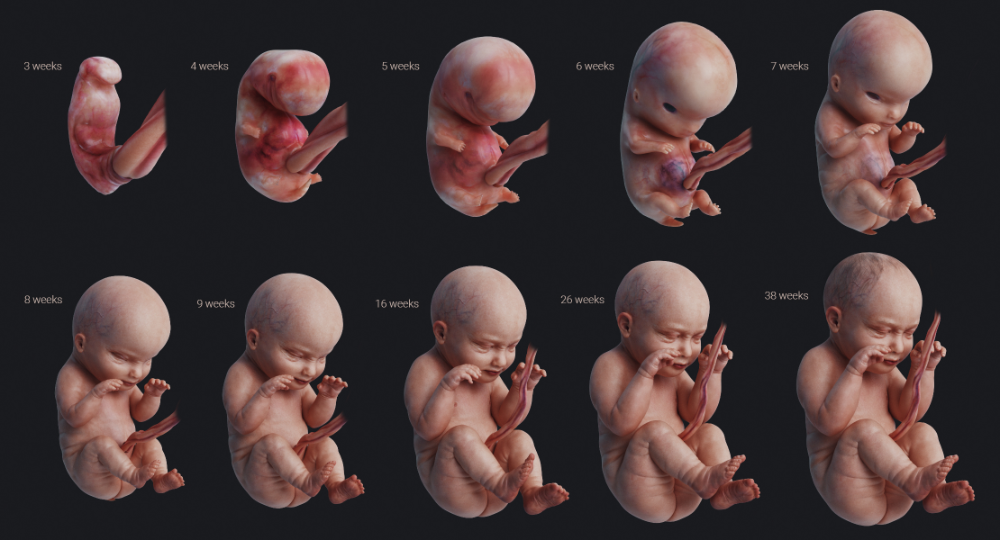 By the end of the first month, wake periods can be 15–30 minutes during each sleep-feeding cycle.
By the end of the first month, wake periods can be 15–30 minutes during each sleep-feeding cycle. - The baby will learn to hold his head a little later - he will confidently raise his head together with the shoulder girdle at 3-4 months. But by the end of the first month, he makes attempts to "control the situation" - turns his face to the side in bright light or moves back if he does not want to take the breast or nipple. If a 2-3-week-old baby is laid on his stomach, then he is already trying to raise his head, reacting to the sounds of his mother's voice or stroking his cheek.
- The baby gains an average of 3-4 cm in height and about 700 g in weight during the first month. But these values are very approximate. The range of weight gain varies from 400 to 1300 g and is determined by the weight of the child at birth, the characteristics of childbirth, the quality of the mother's breast milk, the health of the baby, and many other factors.
Fundamentals of hygiene in the first month of life
During the first month after birth, the baby is quite vulnerable to infections present in the environment.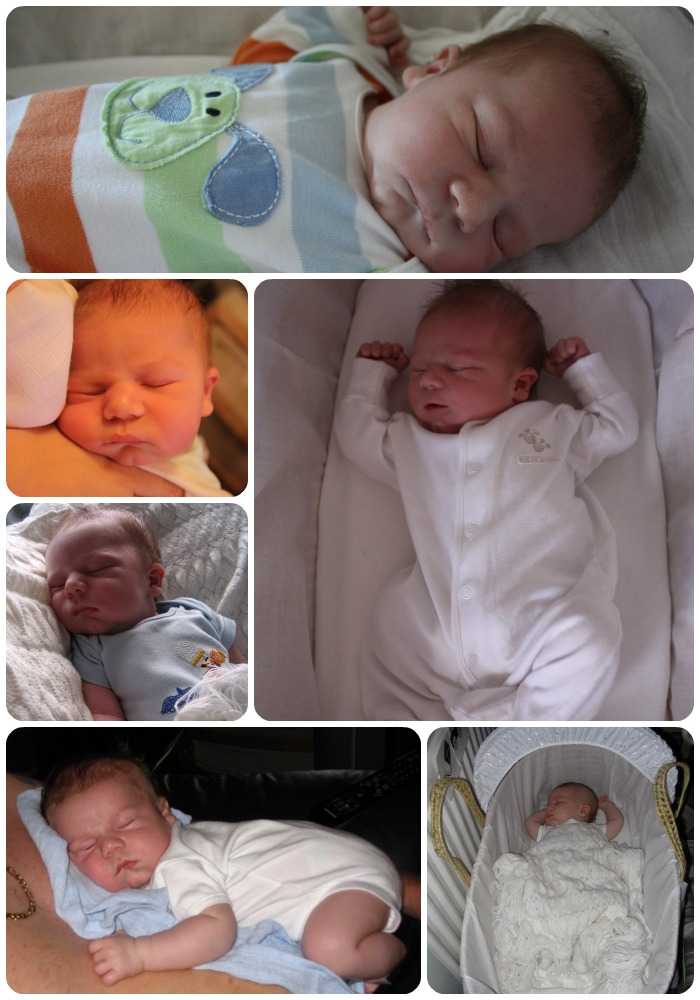 The mucous membranes of the respiratory tract and gastrointestinal tract of the newborn, which subsequently acquire their own microflora, remain sterile in the first days and are gradually populated with the necessary microorganisms. When the microflora is finally formed, the child will be protected from many health disorders in a natural way. But before that, special attention should be paid to caring for him.
The mucous membranes of the respiratory tract and gastrointestinal tract of the newborn, which subsequently acquire their own microflora, remain sterile in the first days and are gradually populated with the necessary microorganisms. When the microflora is finally formed, the child will be protected from many health disorders in a natural way. But before that, special attention should be paid to caring for him.
Food hygiene. Nutrition is the most important factor for a baby during the first months of life. It is he who sets the correct pace of growth and development of the baby and allows the gastrointestinal tract to acquire its own healthy microflora. But in order to reduce the likelihood of pathogens entering the body of a newborn, some hygiene rules should be observed:
- When breastfeeding, the mother should clean the nipples and areolas with water and baby soap before feeding, then thoroughly rinse the breast with clean water and wipe it dry with a napkin.
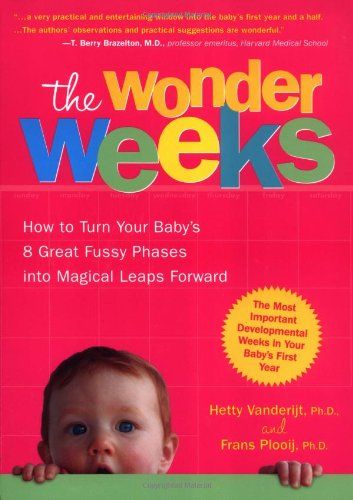
- For artificial or mixed feeding, it is obligatory to treat all feeding accessories with boiling or a special steam sterilizer. Dilution of the mixture to the desired consistency should be carried out only with boiled water, cooled to a temperature of 36-37 ° C.
- Since in the first weeks and months after birth, a newborn is likely to develop oral candidiasis (the so-called thrush), the pediatrician may recommend giving the baby a few drops of water after feeding. This allows you to wash off the remnants of breast milk or mixture from the oral mucosa, which are a breeding ground for the fungus.
Personal hygiene
- Baby's skin, especially in the first months of life, is very sensitive to any irritants. Therefore, for bathing a newborn, you should choose products designed specifically for caring for children's skin. Such soap, shampoo or bathing gel does not include substances that can provoke allergies, and their pH corresponds to the pH of the baby's skin.
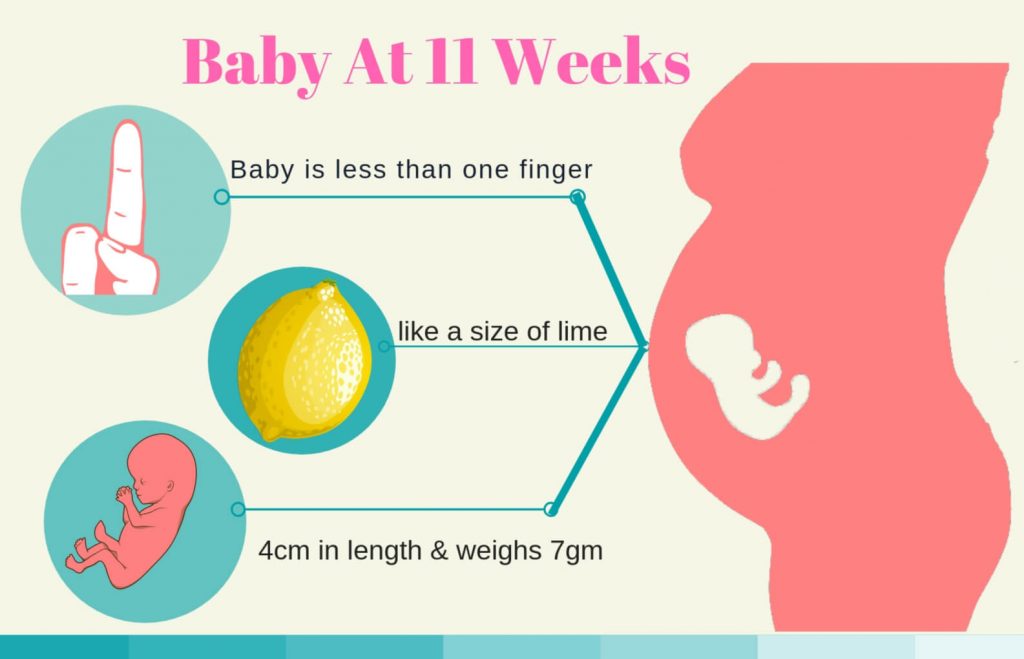
- The temperature of bathing water should be between 33-34 °C in the first weeks, after which, when the child is already accustomed to water procedures, it can be gradually reduced (no more than 1 °C per week), bringing to room temperature. This helps to stimulate the baby's muscle tone, improve blood circulation in the superficial vessels and, in general, harden the newborn. But lowering the temperature of the bathing water should be carried out only after consulting a pediatrician, since hardening procedures for a weakened, premature or child who has had any disease are unacceptable.
- When changing a diaper, clean the vulva and the skin in the inguinal and gluteal folds of the child each time using special alcohol-free sanitary napkins. In the first weeks of a baby's life, the feces are mostly liquid or mushy, so after defecation, it is better to wash the child under running water, laying him face down on his forearm, or use special baths for washing. After bathing, the child's skin should be dried with a soft towel that absorbs moisture well, after which 5–10 minutes can be allocated for air baths.
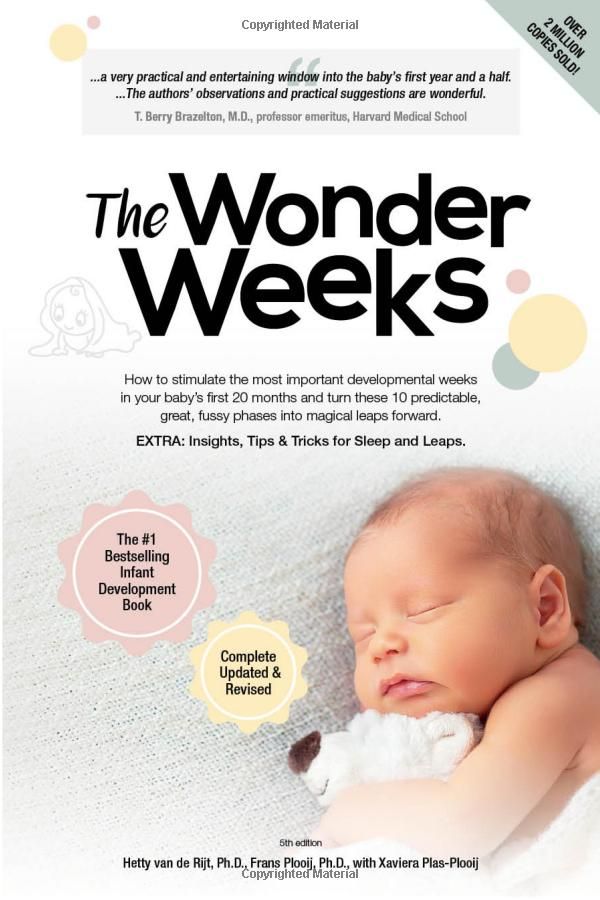
Creating the right microclimate. In the first weeks of life, the baby's thermoregulation mechanisms are not sufficiently developed - his body is still unable to fully compensate for too high or low ambient temperatures. This means that hypothermia or overheating of the child can lead to unpleasant consequences. Therefore, parents should ensure that the following conditions are observed:
- the temperature in the child's room should be maintained within 18-22 °C, while the level of humidity should be controlled - neither excessive humidity nor dryness should be allowed;
- baby clothes should be made of natural fabrics that provide optimal skin ventilation, hygroscopicity and do not accumulate static electricity;
- newborns should not be covered with blankets or blankets while sleeping - clothing appropriate for room temperature is sufficient;
- should regularly ventilate the room in which the child is. It is best to carry out through ventilation while the baby is out for a walk.
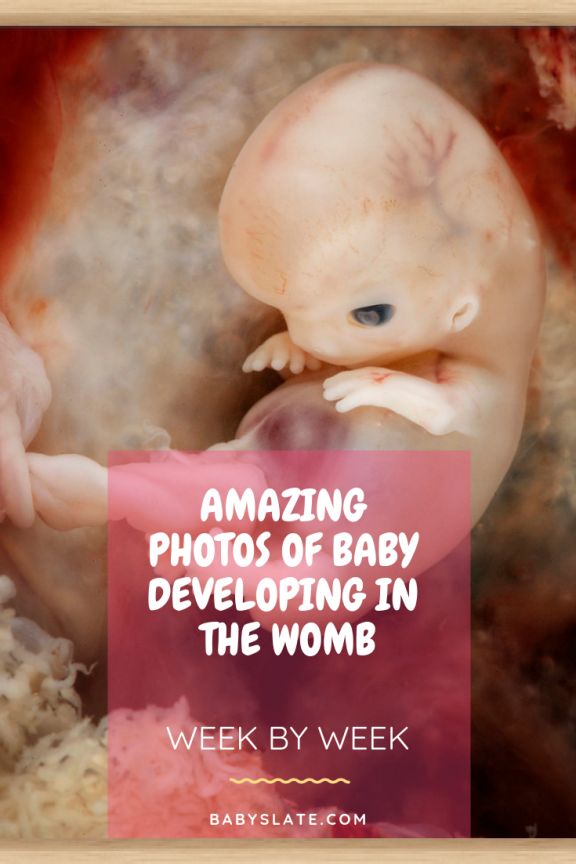 15-20 minutes before he returns to his room, you need to stop airing so that the air has time to heat up to the desired temperature.
15-20 minutes before he returns to his room, you need to stop airing so that the air has time to heat up to the desired temperature.
What to worry about
Regular visits to the local pediatrician and health visitor help parents get rid of a lot of worries and anxieties. Specialists will timely determine any violations of the child's condition, examining his reflexes, growth and weight gain, and other factors. But a doctor cannot always be around, so parents need to be able to navigate the main signs that should be a reason to contact a specialist:
- the child looks lethargic for several hours in a row, refuses to feed, his sleep is often interrupted;
- any change in skin color not associated with hypothermia or overheating;
- nasal breathing in a child is difficult, he tries to breathe through his mouth, or inhalation and exhalation are accompanied by unnatural noises - whistling, wheezing;
- hoarseness, barking cough;
- fever;
- persistent disturbance of stool (constipation, diarrhea) or changes in stool (stench, black or too light, almost white stool).
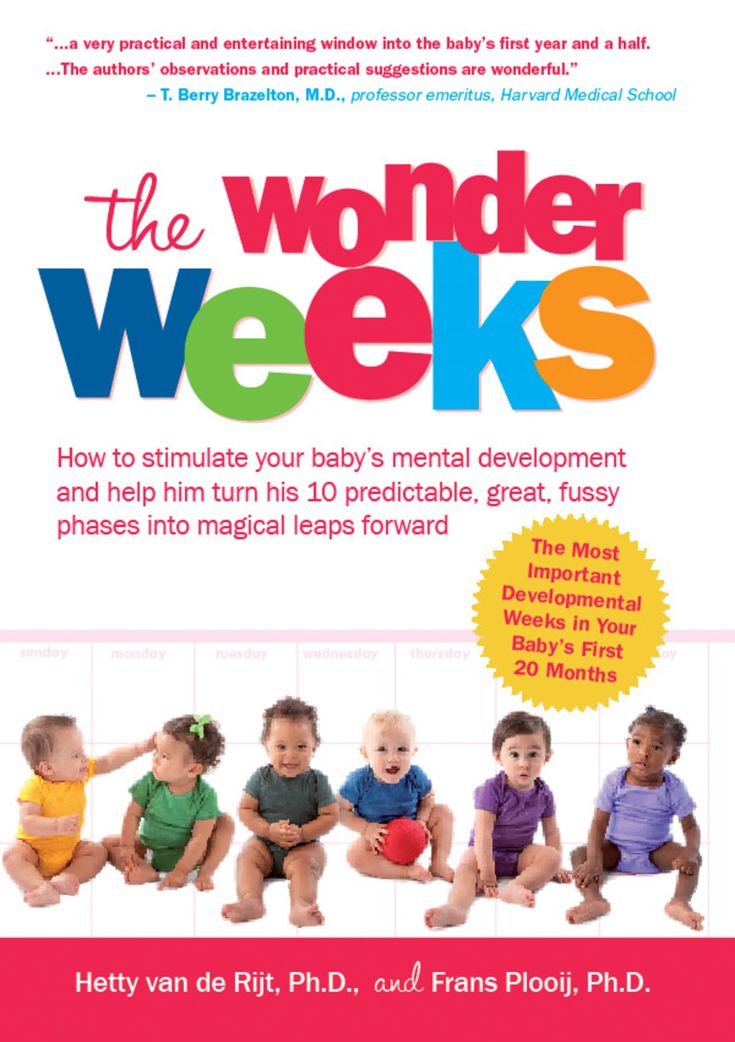
But the main rule when monitoring a child's health is the following: in case of any deviations or changes in the behavior of a newborn, you should consult a doctor, since the first month of a baby's life is a very crucial period, and it is extremely important not to miss the beginning of the development of any disease, which may affect the health and development of the child in the future.
Child development calendar: first week of life
home
Parents
How to raise a child?
Child development calendar: first week of life
- Tags:
- Expert advice
- 0-1 year
- mental development
- tactile sensations
From the moment a child is born, the so-called neonatal period begins, which lasts for the first month of his life. During this period, the baby adapts to new conditions: from the warm and dark space of his mother's belly, which tightly "hugged" him in the last weeks of pregnancy, he enters a world filled with bright light, sounds, smells and different sensations.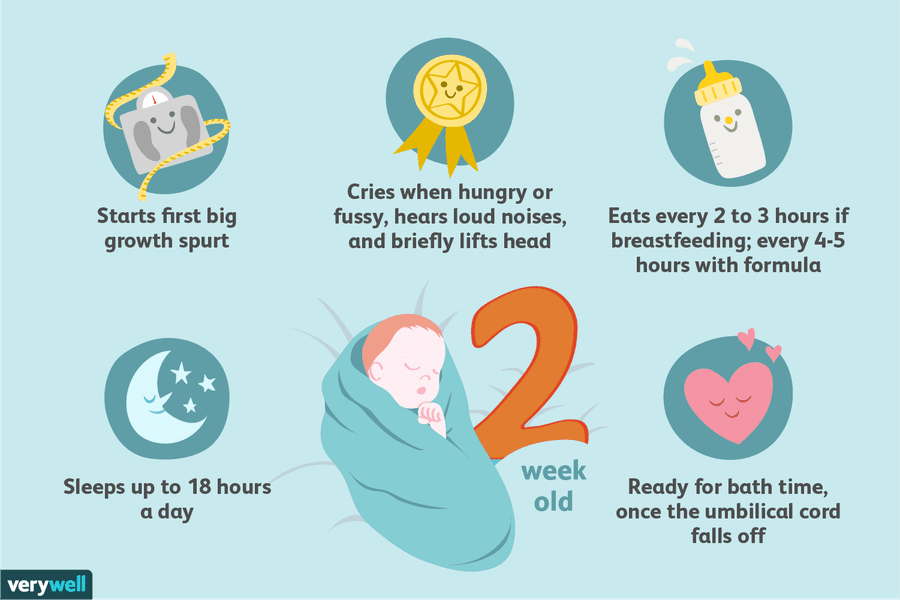 Nature gives the child about three weeks to adapt to the new conditions of life, and this is the most difficult period in his life. Therefore, when organizing care for a newborn, it is important for parents to learn to understand and satisfy the needs of the baby in order to help him successfully adapt to the world around him.
Nature gives the child about three weeks to adapt to the new conditions of life, and this is the most difficult period in his life. Therefore, when organizing care for a newborn, it is important for parents to learn to understand and satisfy the needs of the baby in order to help him successfully adapt to the world around him.
In the first episode of the program from the series “We are parents!” singer, actress and mother Anna Rudneva talks about her experience of raising a child from birth to a year.
Physiological features of the development of the child in the first week of life
Nutrition of the child in the first week of life
At first, the baby eats very often. The best food for him is breast milk, which contains all the necessary nutrients and vitamins. In addition, breast milk is an “individual product” that the mother’s body produces only for this child, taking into account his needs and state of health.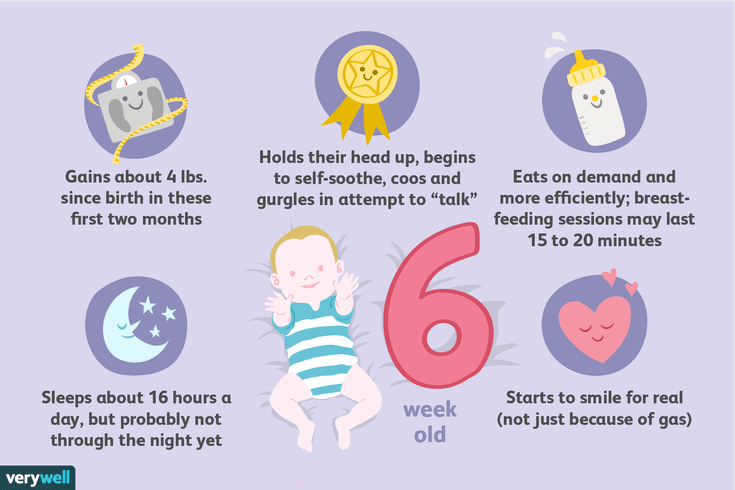 The composition of breast milk varies with the age of the baby. So, in the first two or three days after birth, he feeds on colostrum, which has a rich and valuable composition. Modern pediatricians recommend feeding a breastfed baby on demand, that is, as many times as he wants.
The composition of breast milk varies with the age of the baby. So, in the first two or three days after birth, he feeds on colostrum, which has a rich and valuable composition. Modern pediatricians recommend feeding a breastfed baby on demand, that is, as many times as he wants.
Baby's sleep in the first week of life
In the first month of life, the baby sleeps a lot - 19-20 hours a day, waking up every two to three hours to eat. The periods of wakefulness of a newborn do not depend on the time of day, and sleep is significantly different from that of an adult. Infants are characterized by the so-called superficial phase of sleep. If a sleeping baby is disturbed during this period, he can easily wake up.
Features of the skin of newborns
The skin of a newborn baby has a number of features. It is rather dry and thin, easily vulnerable and prone to irritation. On the wings of the nose and cheeks of the baby, whitish or yellowish “dots” may be noticeable - the result of the accumulation of the secretion of the sebaceous glands.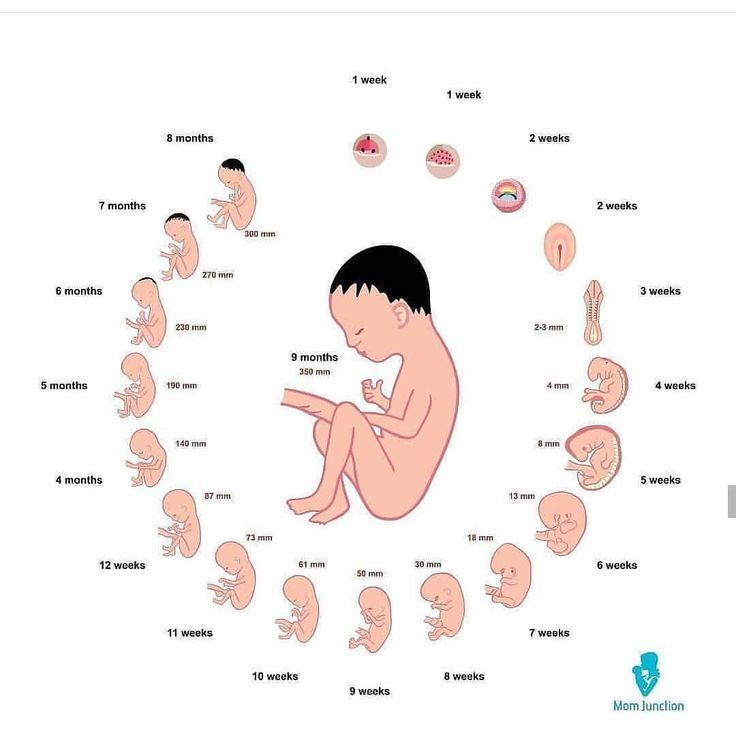 Also on the forehead, back of the head and upper eyelids of the child there may be purple-bluish spots that will disappear in a few weeks.
Also on the forehead, back of the head and upper eyelids of the child there may be purple-bluish spots that will disappear in a few weeks.
Also on the skin of healthy newborns, the so-called physiological erythema can be observed - expansion of the skin capillaries, which looks like redness. This is the result of adaptation of the skin to the environment. Normally, this phenomenon disappears within ten days and does not require treatment. However, if physiological erythema has not passed after this period, parents should show the child to the doctor.
Mental development of a newborn child
According to child psychologists, in addition to physiological needs, the main need of the baby during this period is the need to feel the presence of the mother, the warmth of her body, the beating of the heart. The presence of an adult nearby, who is able to understand his needs and eliminate troubles, gives the newborn a sense of security, forms his basic trust in the world - the feeling that the world is reliable and safe.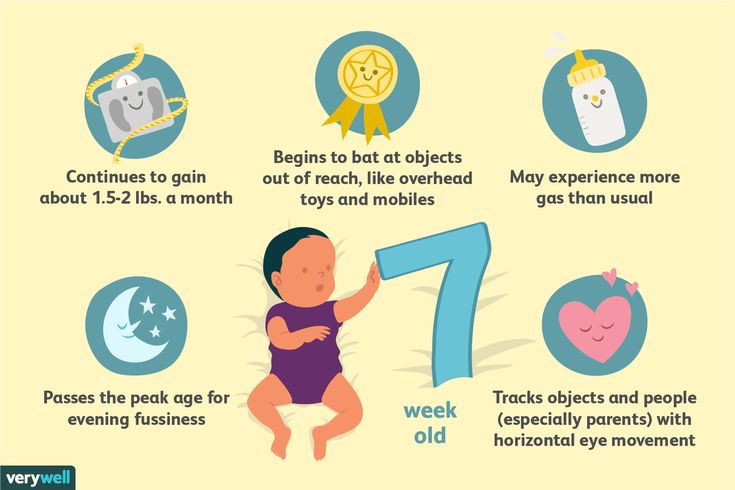 Therefore, the most important for the full mental development of the child during the neonatal period is the physical presence of parents, mainly mothers.
Therefore, the most important for the full mental development of the child during the neonatal period is the physical presence of parents, mainly mothers.
The emotional state of the newborn and the formation of temperament
Even before birth, the child is able to respond to the mother's emotional state. All experiences of the mother, both positive and negative (including stress), are immediately transferred to the psychological state of the child. Therefore, if the mother is constantly nervous or angry, the baby can become moody and whiny.
The mother's temperament and mood also influence the formation of the child's own worldview, attitude towards others and life in general.
The first knowledge of the world a newborn takes with mother's milk.
Feelings and sensations of a newborn: crying
Mothers should know and remember that a newborn's feelings and sensations are not differentiated from emotions. The baby communicates his needs to his parents in the only way available to him - by crying.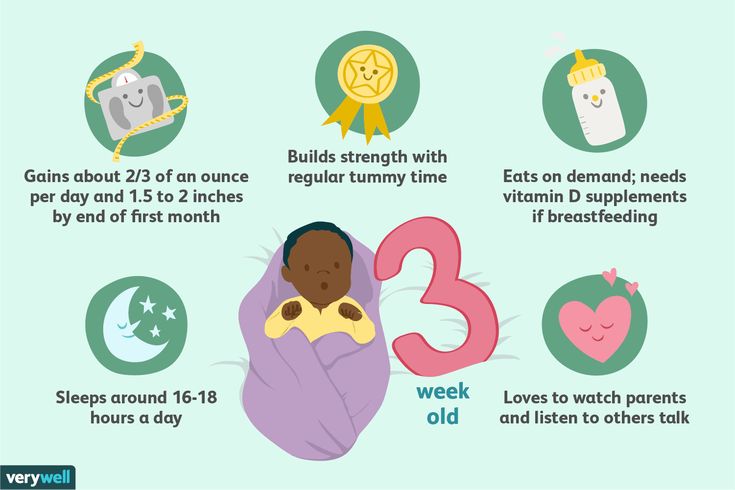 Most often, it is caused by hunger or thirst, the need for warmth, wet or dirty linen, various physical inconveniences associated with a static body position or clothing. At first, parents do not distinguish the crying of a hungry child from the crying of a child who is cold or overheated. But the newborn does not yet know what he wants. The kid feels that “something is wrong” and reports it. Therefore, he willingly accepts everything that is offered to him: breasts, a warm blanket, stroking his tummy. After some time, the baby begins to understand that he will be relieved of discomfort. And then next time he will spit out the pacifier and throw off the blanket with his legs.
Most often, it is caused by hunger or thirst, the need for warmth, wet or dirty linen, various physical inconveniences associated with a static body position or clothing. At first, parents do not distinguish the crying of a hungry child from the crying of a child who is cold or overheated. But the newborn does not yet know what he wants. The kid feels that “something is wrong” and reports it. Therefore, he willingly accepts everything that is offered to him: breasts, a warm blanket, stroking his tummy. After some time, the baby begins to understand that he will be relieved of discomfort. And then next time he will spit out the pacifier and throw off the blanket with his legs.
A newborn's need for love and care
During the newborn period, it is especially important for a child to feel the love and care of his parents, so he strives for bodily contact with his mother, calms down in her arms. Experts in the field of psychology agree that for seven to eight months a child should be held in her arms as often as possible, while carrying her around the house, naming the objects and actions of others.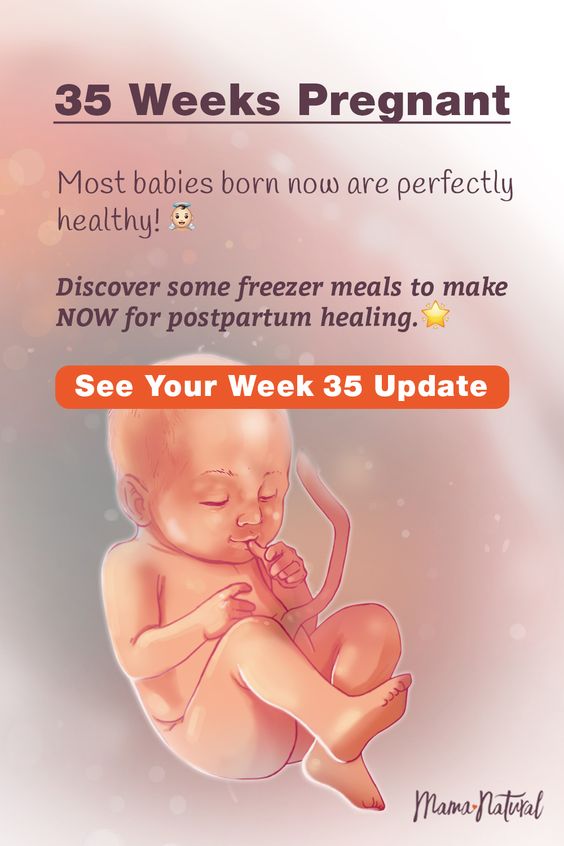 Thus, the parent recreates the work of the infant brain, specifically focusing on the right things, choosing them from the chaos of the surrounding world.
Thus, the parent recreates the work of the infant brain, specifically focusing on the right things, choosing them from the chaos of the surrounding world.
A child's ability to love is laid in early childhood, and it directly depends on the amount of love given to him by loved ones. At this stage, the distinctive features of the character of each child are born, which will then become decisive in the formation of personality. During this period, positive emotions and confidence in universal love are no less important for the child.
The amount of attention and care shown has a strong influence on the development of a newborn child, especially on the manifestation of the infant's trust or distrust in the world around him. The more often a child is approached, touched, stroked and talked to, the more comfortable he is in the new world, he feels love and care, and his fear of the environment gradually disappears. And, conversely, the less tactile communication, affectionate words and kind intonations, the more suspicious the newborn is about the environment.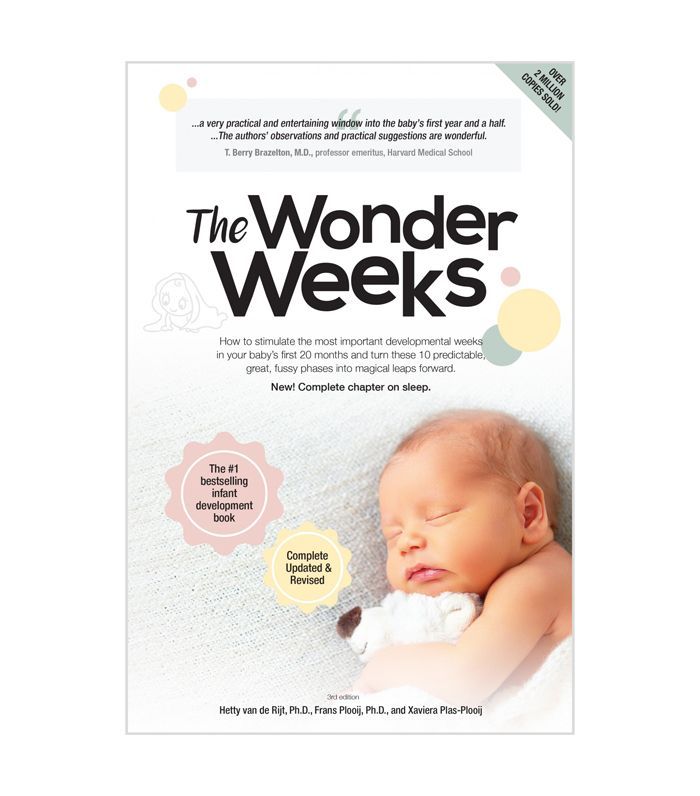 Over time, the feeling of distrust in people can develop into fear and other psychological problems (for example, low self-esteem). In addition, the restriction of communication between mother and child may subsequently adversely affect the development of speech, even if the principles of nutrition, hygiene and care were not violated.
Over time, the feeling of distrust in people can develop into fear and other psychological problems (for example, low self-esteem). In addition, the restriction of communication between mother and child may subsequently adversely affect the development of speech, even if the principles of nutrition, hygiene and care were not violated.
Parents can learn how to choose the right toys for children under the age of one by watching a video lesson with the participation of the president of the Association of Children's Goods Industry Enterprises, psychologist Antonina Tsitsulina.
For the sake of the child?
What are you willing to do for your child? Answer the questions of the test, compiled by the psychologists of the portal "I am a parent", and it will complement your idea of yourself as a parent, help you draw conclusions about the problems of raising children.